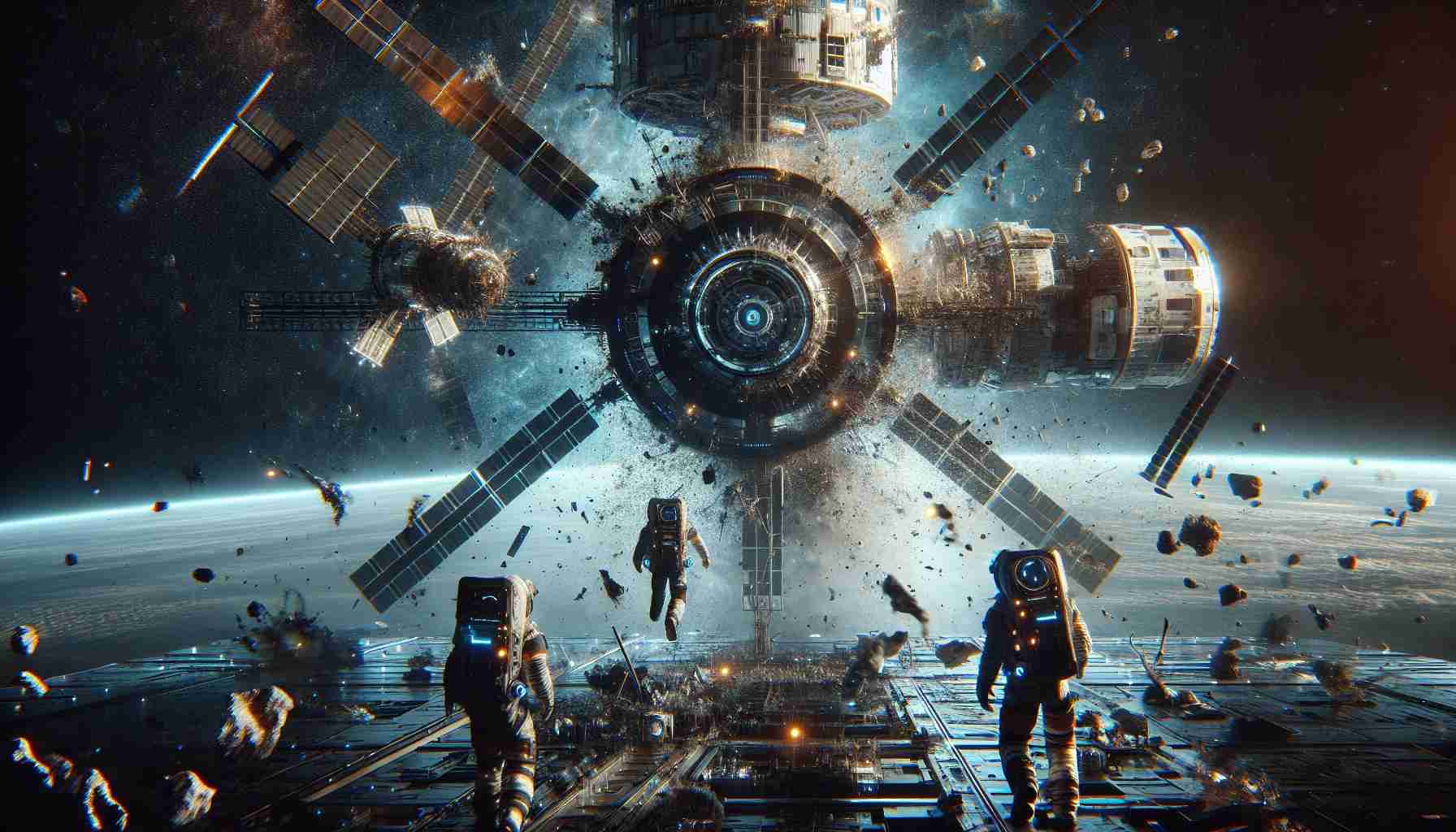
In the wake of the Cold War, interest in space exploration has surged dramatically, leading to a significant increase in both rocket and satellite launches. This resurgence not only aims to expand our understanding of the universe but also raises pressing environmental concerns. Over the last fifteen years, the number of rocket launches has tripled, while the quantity of satellites in orbit has expanded tenfold.
As a result, the accumulation of space debris, comprising defunct satellites and discarded rocket segments, has intensified. Recent data from the International Telecommunications Union indicates that there are now over one million satellite spectrum applications. This figure suggests that the frequency of space launches is only expected to rise, primarily driven by large-scale initiatives like SpaceX’s Starlink.
However, the environmental impact of these launches is alarming. Modern rocket technology, reliant on fossil fuels, emits soot that can capture heat, resulting in an increase in the upper atmosphere’s temperature. Furthermore, the combustion of these rockets leads to rising levels of aluminium oxide, which threatens the delicate balance of our planet’s thermal dynamics.
Moreover, studies have highlighted a concerning link between satellite operations and ozone layer depletion. Research indicates that if no immediate action is taken, aluminium oxide levels in various atmospheric layers could increase dramatically in the coming decades. Experts warn that unchecked satellite operations and rocket launches pose a considerable risk not just to the ozone layer, but potentially to Earth’s magnetic field as well. Without swift intervention, the consequences could be dire.
The Hidden Dangers of Our New Space Age
As humanity ventures deeper into the cosmos, the excitement surrounding space exploration often overshadows the myriad of hidden dangers accompanying this new space age. While the attempts to probe the universe and establish a presence beyond our planet have their benefits, they also lead to potential threats that require urgent addressing.
New Challenges and Controversies
One of the primary concerns in this space age is the issue of space debris, which poses a risk not only for operational satellites but also for manned space missions. With over 36,500 pieces of debris larger than 10 cm orbiting Earth, collision risks are on the rise. The European Space Agency (ESA) estimates that the probability of a significant collision is increasing exponentially as the number of objects in orbit grows. Furthermore, high-profile incidents, such as the collision between Iridium and Cosmos satellites in 2009 that dramatically increased space debris, highlight these risks.
Questions Surrounding the Space Age
1. What are the long-term effects of space debris?
– As noted, space debris can lead to potential collisions that not only destroy operational satellites but can also create more debris, resulting in a cascading effect known as the Kessler Syndrome. This could ultimately render certain orbital paths unusable.
2. How does space exploration impact Earth’s environment?
– The environmental repercussions of rocket launches are often dismissed. Rocket emissions contribute to atmospheric pollution, and the extensive use of fuel can lead to an unexpected increase in greenhouse gases, compounding global warming issues.
3. What regulatory frameworks are needed for space management?
– Current regulatory measures to manage space debris and mitigate risks associated with satellite operations are inadequate. Many experts advocate for an international treaty that outlines responsibilities and best practices for all nations and private entities involved in space activities.
Advantages of the New Space Age
– Technological Advancements: The surge in space exploration has led to technological innovations that benefit life on Earth, such as improvements in telecommunications, GPS technology, and advances in materials science.
– Global Cooperation: Space exploration often fosters collaboration among nations, which could translate to improved diplomatic ties and shared technological expertise.
– Discovery and Knowledge: Increased exploration enhances our understanding of celestial bodies, potentially leading to new resources and insights about the universe.
Disadvantages of the New Space Age
– Environmental Damage: Rocket launches contribute to climate change and could pose irreversible damage to the ozone layer and atmospheric health.
– Space Debris: As noted, the rapid increase in active and inactive objects in orbit complicates space traffic management and increases the danger of catastrophic collisions in space.
– Socioeconomic Inequities: The commercialization of space, particularly through initiatives like satellite internet, raises concerns about access and inequality, as not all countries or communities can afford such services.
To further the conversation about the implications of our new space age, it is vital to engage in dialogue about sustainable practices in our push to explore beyond our planet. Without careful consideration of these hidden dangers, we run the risk of jeopardizing the very advancements we seek.
For more on space exploration and its impacts, you can visit NASA and ESA.



